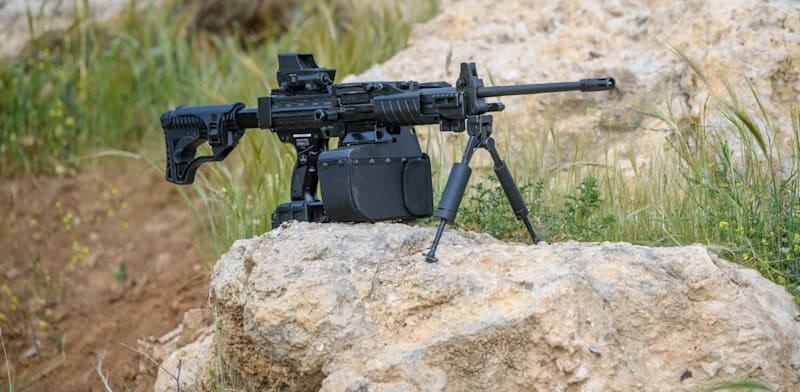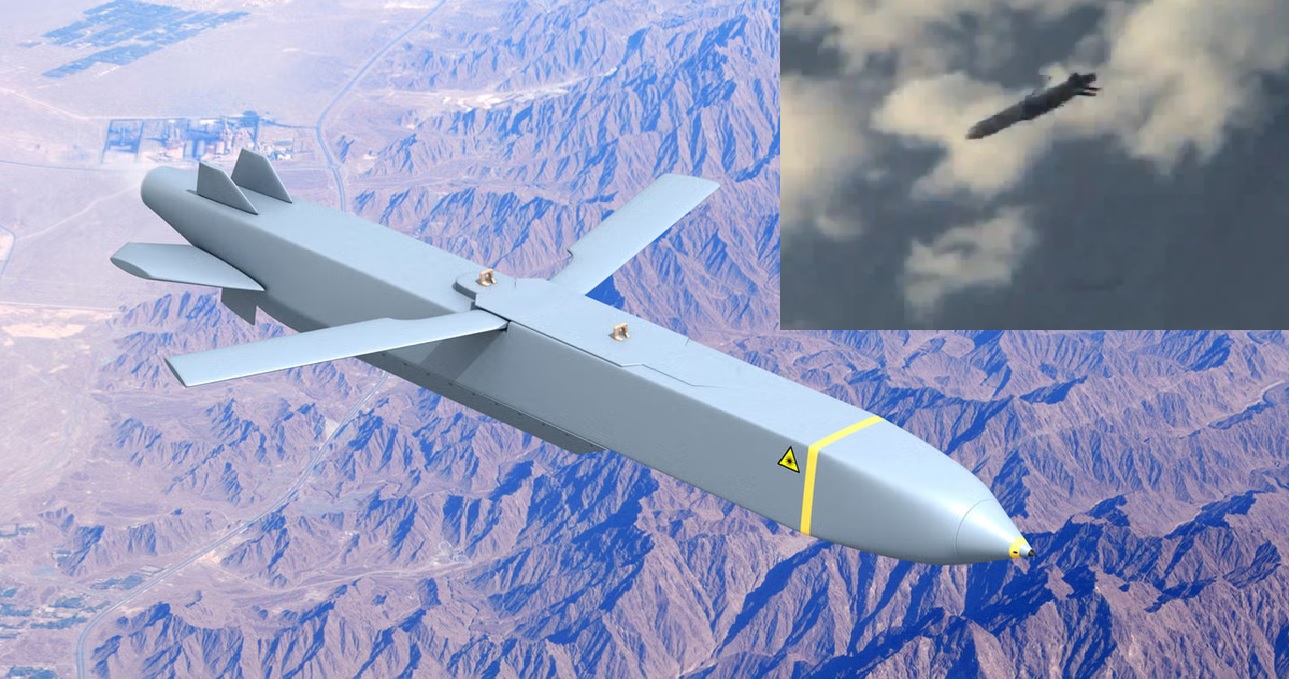MQ-9B Reaper Superior to TAPAS UAV for Indian Navy’s Surveillance, Says Vice Chief

In a statement reflecting India's ongoing quest for self-reliance in defense technology, Vice Admiral Krishna Swaminathan, Vice Chief of the Indian Navy, emphasized that the US-made MQ-9B Reaper is better equipped to meet the Navy’s long-range surveillance needs than the domestically developed TAPAS UAV. His comments, delivered at the Navy's ‘Swavlamban’ seminar on innovation and indigenization, highlight both the progress and limitations of India’s indigenous defense industry, particularly in the context of maritime security.
The MQ-9B Reaper, designed by General Atomics, is renowned for its endurance and long-range capabilities. It can fly for over 40 hours, with a range that extends beyond 6,000 nautical miles. This kind of sustained operational capacity is vital for the Indian Navy, which must monitor expansive regions of the Indian Ocean, a zone of increasing geopolitical interest given China's growing naval presence. The MQ-9B is equipped with advanced surveillance systems, including synthetic aperture radar, maritime radar, and electro-optical infrared sensors, allowing it to identify and track threats across both sea and land.
In contrast, the TAPAS (Tactical Airborne Platform for Aerial Surveillance) UAV, developed by India’s DRDO (Defence Research and Development Organisation), has yet to meet the Navy’s expectations. Vice Admiral Swaminathan acknowledged that TAPAS has some good capabilities but said, "The TAPAS drones in their current form do not entirely meet our requirements.” Specifically, he pointed to its inability to maintain surveillance over wide areas for extended periods, a crucial factor in maritime defense operations.
This comes just after a landmark $4 billion deal between India and the United States, under which India will procure 31 MQ-9B Reapers. Of these, 15 units will be assigned to the Indian Navy, while the remaining 16 will be divided between the Army and the Air Force. These drones are expected to significantly enhance India’s reconnaissance capabilities, particularly in monitoring adversarial movements in the Indian Ocean Region, where Chinese activity has been steadily rising.
While the TAPAS program was seen as a major step forward in India's drive for indigenization, the platform still needs further refinement. The Vice Chief noted that for TAPAS to be fully operational in a combat-ready environment, multiple versions and variants would be required. "We hope the next version of TAPAS will be much better," Swaminathan remarked optimistically, adding that the Navy is committed to working closely with DRDO to improve the UAV’s performance. He indicated that the Navy would continue providing feedback, helping to drive the platform closer to its full potential.
The Vice Chief’s candid assessment points to the broader challenge of balancing India’s strategic goal of self-reliance in defense manufacturing with the immediate need to secure its maritime borders. While there is hope that future iterations of TAPAS will close the gap between Indian innovation and international standards, the immediate need for a robust surveillance solution has made the MQ-9B Reaper an attractive choice. These drones are proven, battle-tested, and provide a level of sophistication that the Navy needs to address contemporary threats.
Moreover, the MQ-9B’s integration into the Navy’s operations comes at a time when maritime security is increasingly central to India’s defense strategy. The ability to maintain long-term surveillance in the vast Indian Ocean is essential for keeping an eye on not only Chinese movements but also other security concerns, such as piracy and illegal fishing. The Reaper’s endurance, combined with its sensor suite, makes it the superior choice for such missions at present.
Vice Admiral Swaminathan’s comments reflect the Navy’s pragmatic approach to its operational needs. Although India is eager to develop homegrown defense technologies, the Navy cannot afford to compromise its capabilities while waiting for platforms like TAPAS to catch up. With MQ-9B Reapers soon joining the fleet, India is taking a significant step forward in bolstering its maritime surveillance capacity, ensuring that it can meet current challenges while continuing to support the development of indigenous alternatives for the future.


